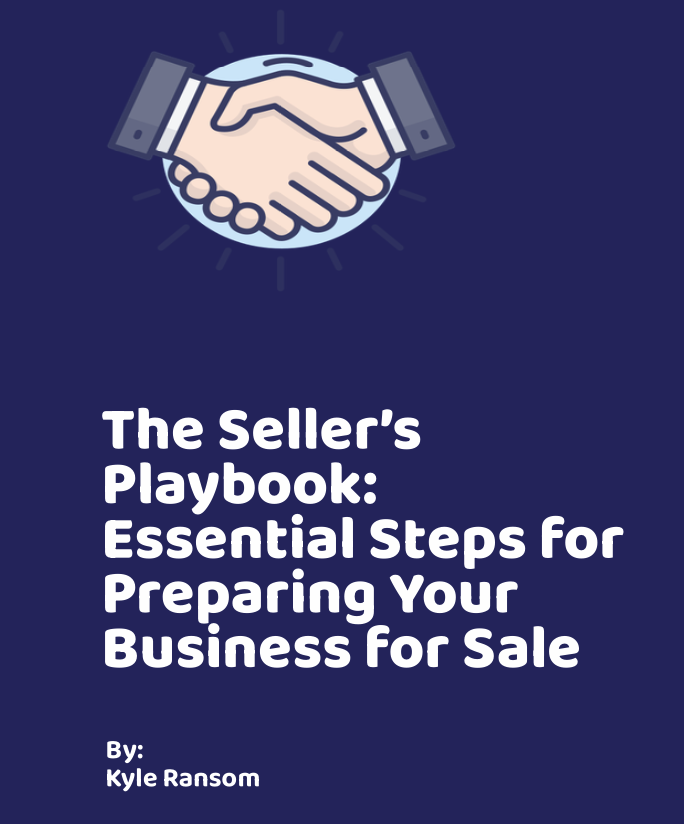
Why Real-time Dashboards 2025 Matter for Today’s SBOs
Back in the day, waiting for monthly reports was the norm. Now? That’s way too late. In Real-time dashboards 2025, data is your immediate weapon. SMB owners need to know what’s happening in the business right now, not what happened 30 days ago.
Data lag kills speed—and speed is everything, especially in a turnaround or a growth play. Whether you’re scaling up or staging a creative exit, timely insights drive better decisions. Efficiency, profitability, and opportunity all hinge on the same thing: real-time awareness.
In this post, I’ll break down why Real-time dashboards 2025 are an essential strategic asset, not just a fancy add-on. Spoiler alert: It’s way more than graphs.
Also, if you’re in the Small Business Automation space, this becomes part of your growth stack. Real-time metrics team up with automation to streamline operations and boost valuations.
Let’s dive into the what, why, and how to make real-time insights a key part of your 2025 playbook.
What Defines Real-time Dashboards 2025?
Real-time dashboards in 2025 are powered by faster integrations, AI-assisted analytics, and customizable widgets that pull live data from every corner of your operation. Think cash positions by the hour, website conversions as they happen, and live inventory movement dashboards.
They’re no longer chained to finance. Modern dashboards now tap into marketing, CRM, HR, logistics, even NPS scores — all tied together in a user-friendly UI. And thanks to automation platforms, you no longer need a dev team to restructure data flows.
The Competitive Edge for Distressed and Scaling SBOs
If you’re dealing with a distressed asset, you can’t afford delayed feedback loops. A sudden dip in revenue or spike in churn needs instant visibility. A real-time dashboard flags that drop before it becomes damage. Then it empowers you to pivot—fast.
For growth-focused owners, it’s all about identifying what’s working. Real-time dashboards surface your top-selling SKUs, best-performing campaigns, and underutilized resources. Multiply those by automation? That’s the chemistry for a scalable—and even sellable—operation.
Integrating Real-time Dashboards: Tools and Strategy
Most SBOs don’t need to rebuild from scratch. Tools like Databox, Klipfolio, and even Google Looker Studio offer integration with QuickBooks, HubSpot, Shopify, and more. The key is how you *curate* the data you display. Relevance over volume.
Start with your KPIs. What metrics, if monitored hourly, would actually influence your decisions? Then decide ownership. Who monitors it, who responds, and is it connected to triggers for automated actions?
Exit Strategy Boost: Real-time Transparency Builds Buyer Trust
Here’s the M&A insider view: the moment you talk to buyers, they’ll ask for operational visibility. Saying “we’re performing well” doesn’t cut it. Showing them a real-time dashboard packed with critical KPIs does.
It shortens diligence timelines, clarifies growth potential, and screams operational maturity. For creative exits and distressed turnarounds alike, dashboards are a proof-of-performance tool few small businesses leverage — which makes it your differentiator.

What types of small businesses benefit most from real-time dashboards?
Nearly all do, but e-commerce, service-based, SaaS, and logistics-driven businesses gain the most. Any SBO with multiple moving parts or tight margins wins big by knowing their numbers instantly.
Do real-time dashboards require coding or tech skills?
Not anymore. Most platforms today offer drag-and-drop builders, integrations with popular apps, and no-code automation. That means business owners can build useful dashboards without writing a single line of code.
What KPIs should I track on my real-time dashboard?
It depends on your goals, but start with revenue, costs, customer acquisition, churn, net profit, and working capital. For service businesses, track utilization and billable hours. For e-commerce, watch inventory, order value, and conversion.
How often should real-time dashboards be viewed or acted on?
Ideally, daily. Some metrics merit immediate alerts—like a missed sales quota or system failure. Others are better trended over time. Set thresholds and trigger points based on your operational rhythm.
Can real-time dashboards help improve business valuations?
Absolutely. Dashboards minimize ambiguity, provide proof of control, and signal to acquirers that you’ve built scalable systems. It’s a fast pass through diligence and a tool for unlocking better multiples.
Final Thoughts: Making Real-time Dashboards 2025 Part of Your Exit Strategy
Whether you’re looking to scale, stabilize, or sell, Real-time dashboards 2025 put the power of immediate insight in your hands. No guesswork. Just clarity, speed, and control.
And in M&A, that’s golden. The more visibility you have into your operations, the more favorable your leverage becomes. Dashboards don’t just run your business — they defend your valuation and justify your exit number.
Want help making it happen? Book a strategy session and let’s build your real-time roadmap together.
Still thinking about real-time dashboards 2025? Don’t wait. In today’s small business market, you’re either fast—or you’re food.


No responses yet